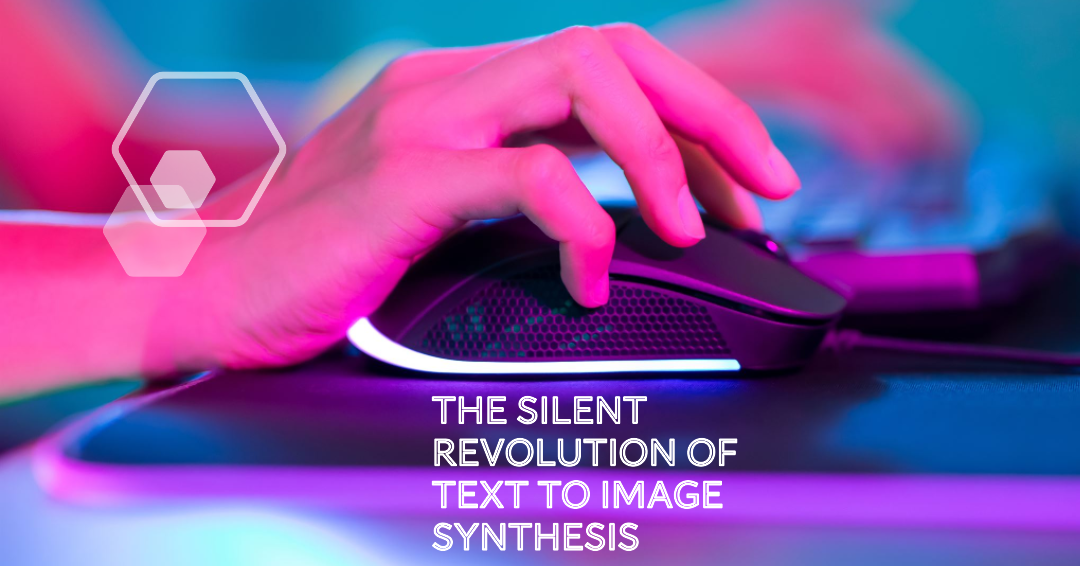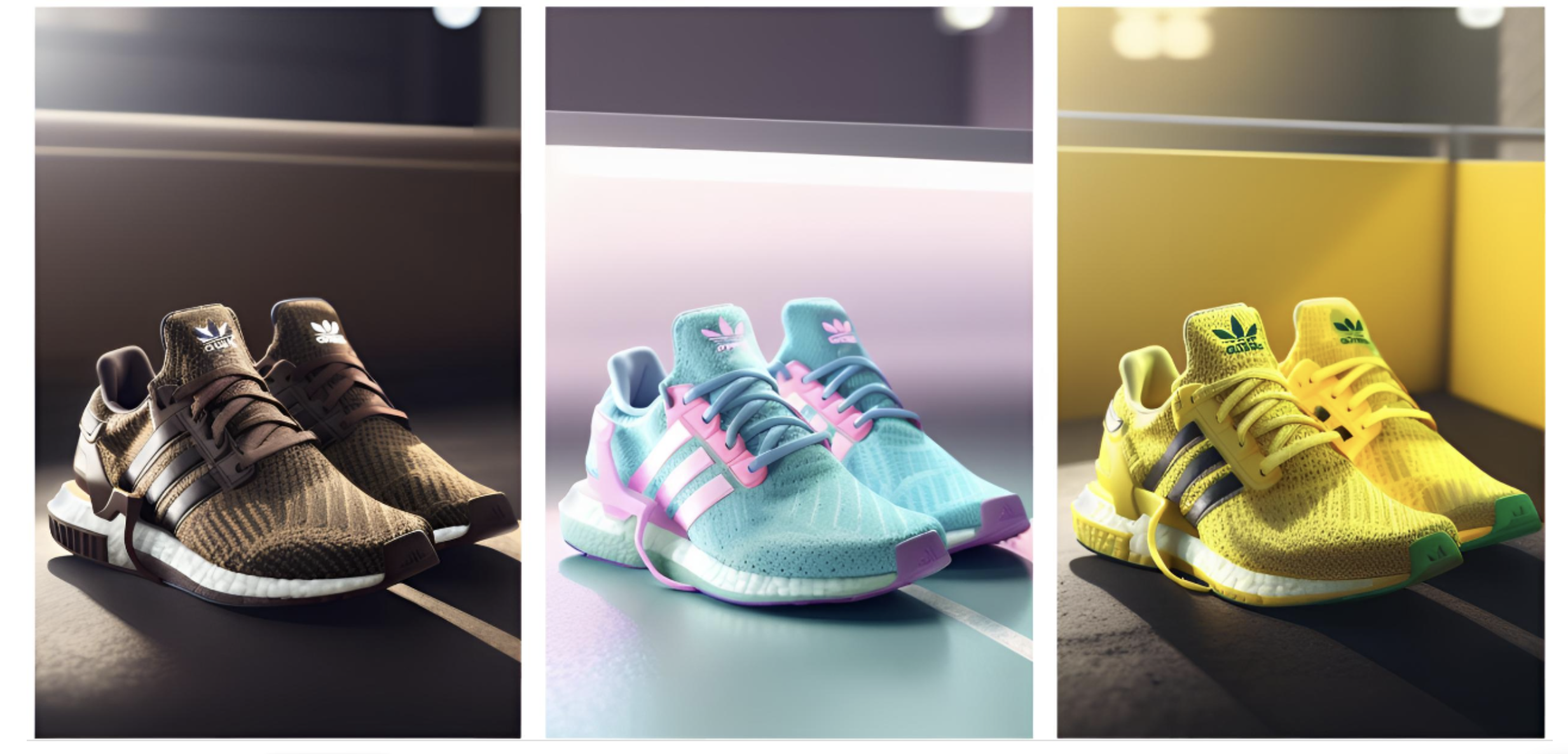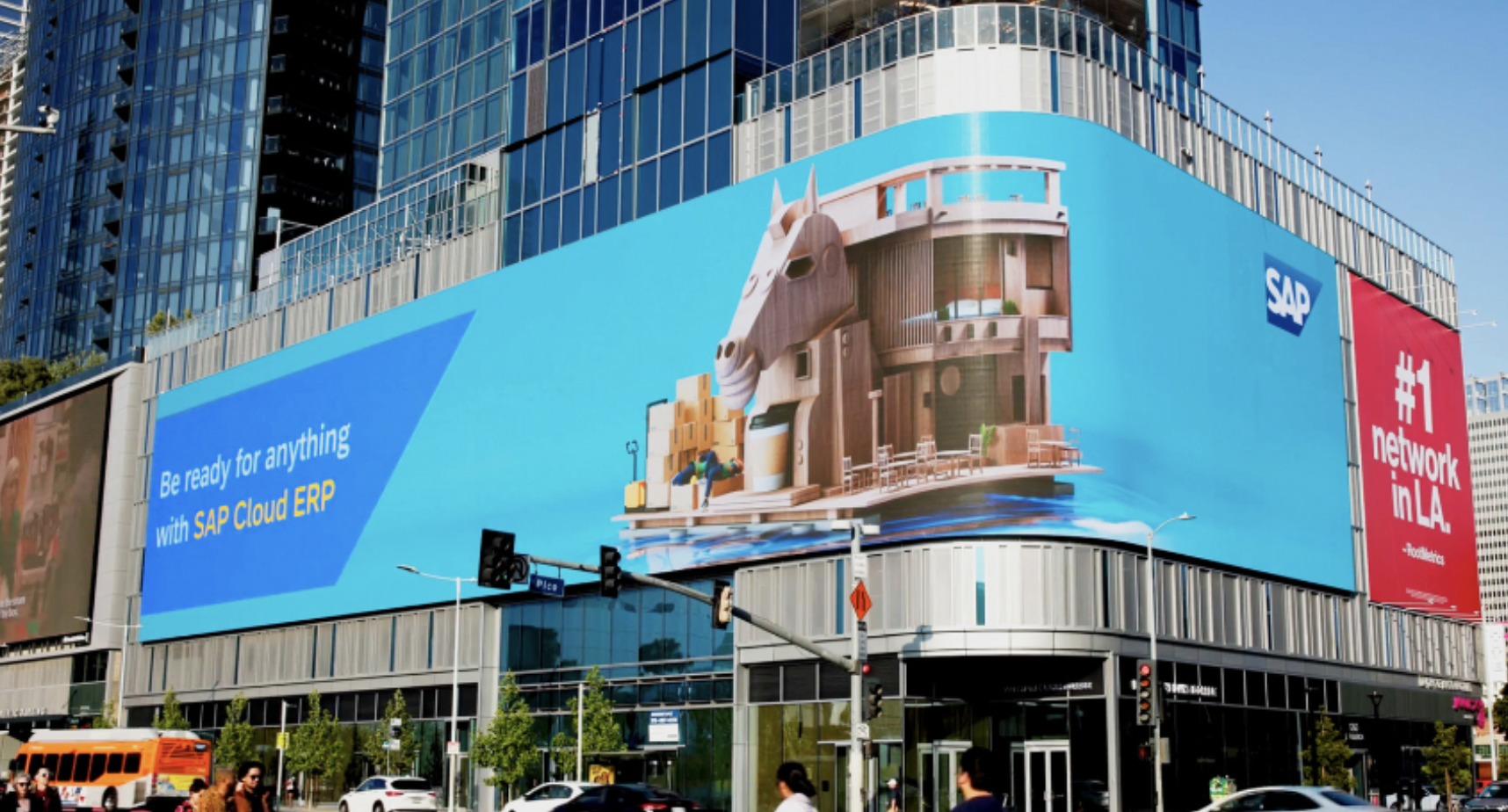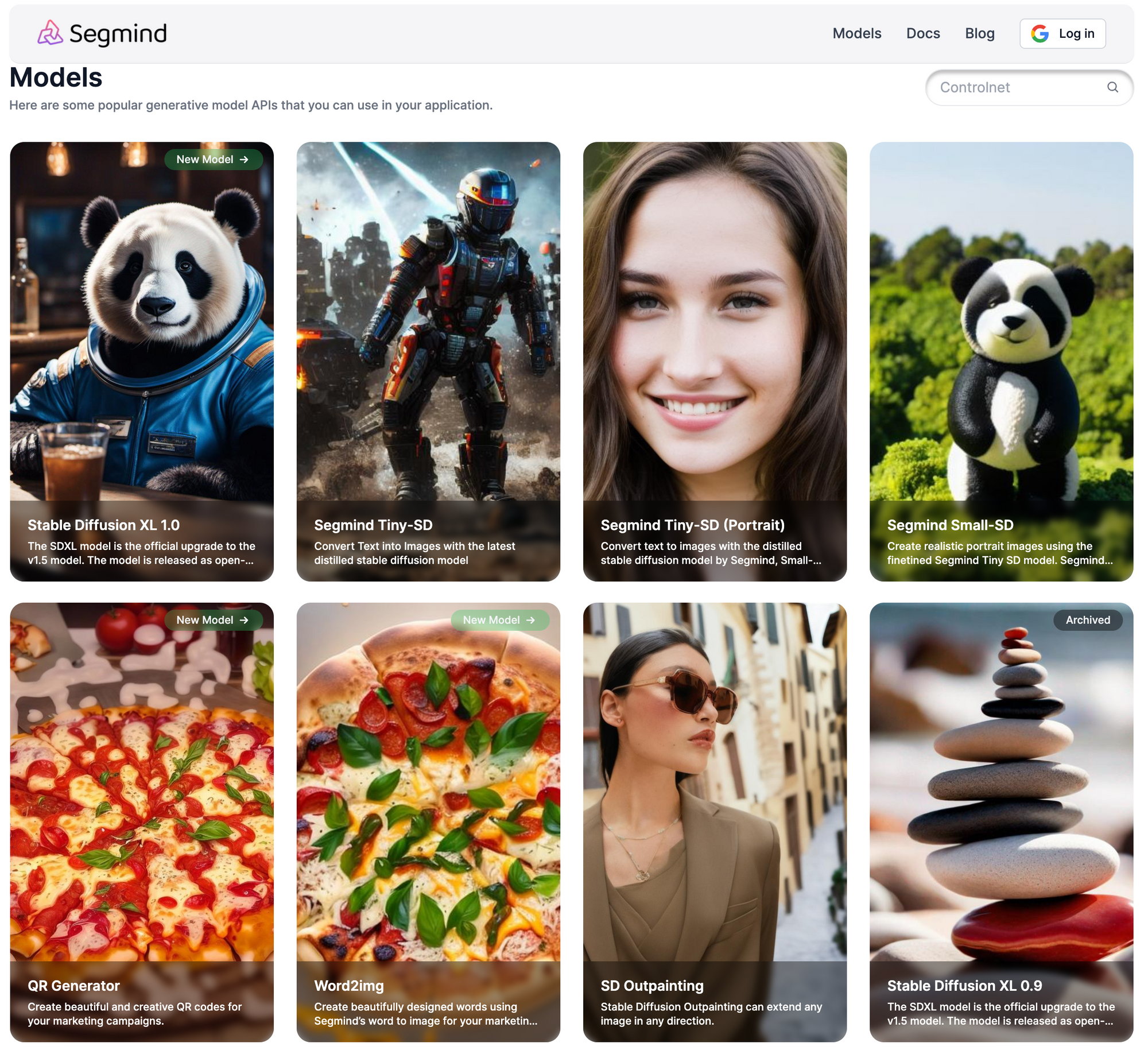Why Creative Technologists Should Explore Text To Image Synthesis: A Silent Revolution
How creative technologists can embrace the full range of text-to-image synthesis possibilities and transform industries.

In the bustling world of technology and innovation, there's a lingering thought in the minds of many, yet it remains unspoken. It's about text-to-image synthesis, an area poised for a breakthrough, but one that's largely overlooked by the creative technologists at large. It's time to articulate this silent idea and explore what lies beneath the surface.
Many creative technologists recognize that text-to-image synthesis holds untapped potential, transcending beyond mere visual arts. It's a tool that could redefine how we communicate, educate, and innovate. Despite its potential, text-to-image synthesis remains on the fringes of creative technology, seen as an experimental playground rather than a substantial tool for wide-reaching transformation.
So why does this groundbreaking concept stay hidden in plain sight? The silence is mostly rooted in fear - fear of the unknown, fear of failure, and fear of stepping out of established comfort zones. There's a reluctance to dive into the complexities of text-to-image synthesis due to perceived barriers like technical difficulty, ethical concerns, or simply the inertia of traditional thinking.
If we continue to overlook text-to-image synthesis, we risk stagnating our progress and missing out on technological advancements that could reshape entire industries and the way we interact with our world.
Staying silent means ignoring an opportunity for innovation, leaving a void that might be filled by those who may misuse or misunderstand the technology's true potential. By openly discussing and embracing text-to-image synthesis, we can foster a new era of creativity where technologists are empowered to explore, experiment, and push the boundaries of what's possible.
Bringing attention to this subject could lead to breakthroughs in communication, therapy, education, and entertainment, creating a world that's more accessible, engaging, and human-centric.
The silence surrounding text-to-image synthesis is not just a gap in conversation but a missed opportunity for progress. By acknowledging what many already believe but are hesitant to say, we open the door to a world of possibilities that challenges the status quo and inspires a new wave of creativity. It's time to break the silence and allow this hidden gem to shine, shaping the future in ways we can only begin to imagine.
How Creative Technologists Can Leverage Text-to-Image Generating Models: A Quick Tutorial
As a creative technologist, your role is to push the boundaries of what is possible, blending creativity with technology to create innovative experiences. One tool that can significantly enhance your creative process is a text-to-image generating model. This AI-powered technology can transform text prompts into unique visuals, opening up a world of possibilities for ideation, prototyping, and product development.
Understanding Text-to-Image Models
Text-to-image models use machine learning to generate images based on text descriptions. These models have been trained on vast datasets, learning to associate words with visual elements. When given a text prompt, the model generates an image that it believes corresponds to the description.
Playgrounds and free experimental image generation with many different models are a great way to learn, understand text-to-image models and how they could fit into creative technology projects.
The potential applications of text-to-image models are vast and varied
- Advertising and Marketing: Generate unique visuals for ad campaigns based on creative briefs.
- Product Design: Visualize product concepts based on design specifications.
- User Experience: Create user interface elements based on user stories.
Other use cases are only limited by the Creative Technologist’s imagination.
We have published a couple of blog posts about product design, interior design, marketing, and advertising for you to get ideas for your own work.

Integrating Text-to-Image Models into Your Creative Process
- Choose the Right Models: Different models have different strengths and weaknesses. Some are better at generating realistic images, while others excel at abstract concepts. Choose a model that fits your project's needs.
- Craft Effective Text Prompts: The quality of the generated image heavily depends on the text prompt. Be specific and descriptive in your prompts to guide the model toward your desired outcome.
- Interpret and Refine the Output: The generated images are often open to interpretation. Use them as a starting point for ideation, and don't be afraid to iterate and refine the output.
Real-World Examples
Consider a recent advertising campaign from BBDO with SAP. To showcase the uncertain and dynamically changing world that businesses need to be ready for, and to creatively highlight SAP's capabilities, the campaign used Generative AI technology and rapid decision-making by people to publish new advertising copy and images in less than 24 hours. Each morning new billboards and social posts went live, interpreting in one image what business leaders needed to be ready for that day, changing with the news, culture, and business cycle.

Addressing Challenges
Like any tool, text-to-image models come with their own set of challenges. The output may not always match your expectations, and there are ethical considerations around the use of AI-generated content. However, with careful use and a clear understanding of these challenges, text-to-image models can be a powerful tool in your creative arsenal.
By using the power of text-to-image models, you can enhance your creativity, innovate in your field, and create unique experiences that push the boundaries of what's possible.
If you want to get started text to image models in using APIs that are safe and free to use, head to our models page and experiment with over 30 models that allow you to create anything from realistic Disney characters to resorting old photographs.


